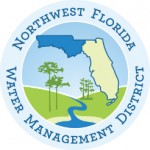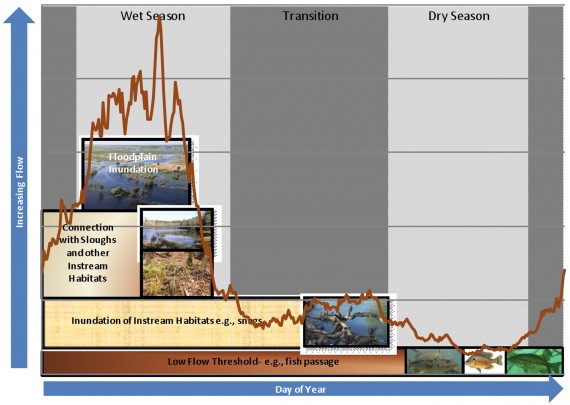 Goal: This study characterized floodplain and instream woody habitats along the Wakulla and St. Marks rivers to support the use of potential floodplain and instream metrics (e.g., elevations) on which the NWFWMD can establish MFLs and address protection of these water resources under Florida’s Water Resources Act, enacted in 1972.
Goal: This study characterized floodplain and instream woody habitats along the Wakulla and St. Marks rivers to support the use of potential floodplain and instream metrics (e.g., elevations) on which the NWFWMD can establish MFLs and address protection of these water resources under Florida’s Water Resources Act, enacted in 1972.
Methods and Products: Vegetation and soils were sampled along 19 forested floodplain transects, woody instream habitat along six instream transects, and estuarine/tidal marsh was characterized along four field verification transects. Elevations of floodplain and instream transects were surveyed. Vegetation elevations, and soils differed significantly both within and between rivers and, consequently, metrics used to establish MFLs may also be different for these two systems. This study is the first quantitative analysis of vegetation and soils in these river corridors. Results of this study indicate elevations may provide a metric for establishing MFLs for seasonal flow “blocks” such as wet season and the wet-dry transition for these river systems based on elevation-habitat relationships (see Figure).

Conceptual approach to developing MFLs for seasonal blocks illustrating the use of different resource targets for different times (e.g. wet and dry season) of the year.
